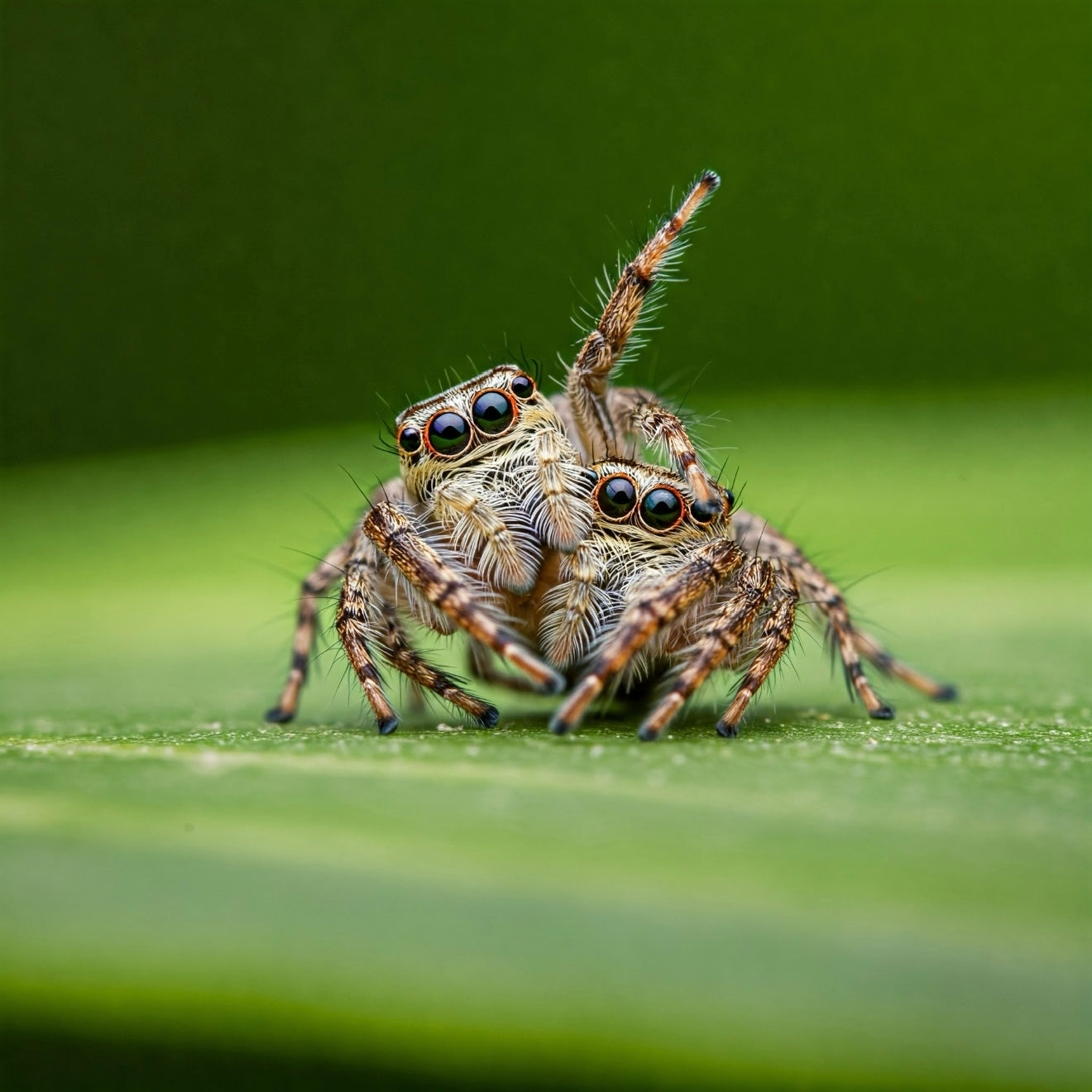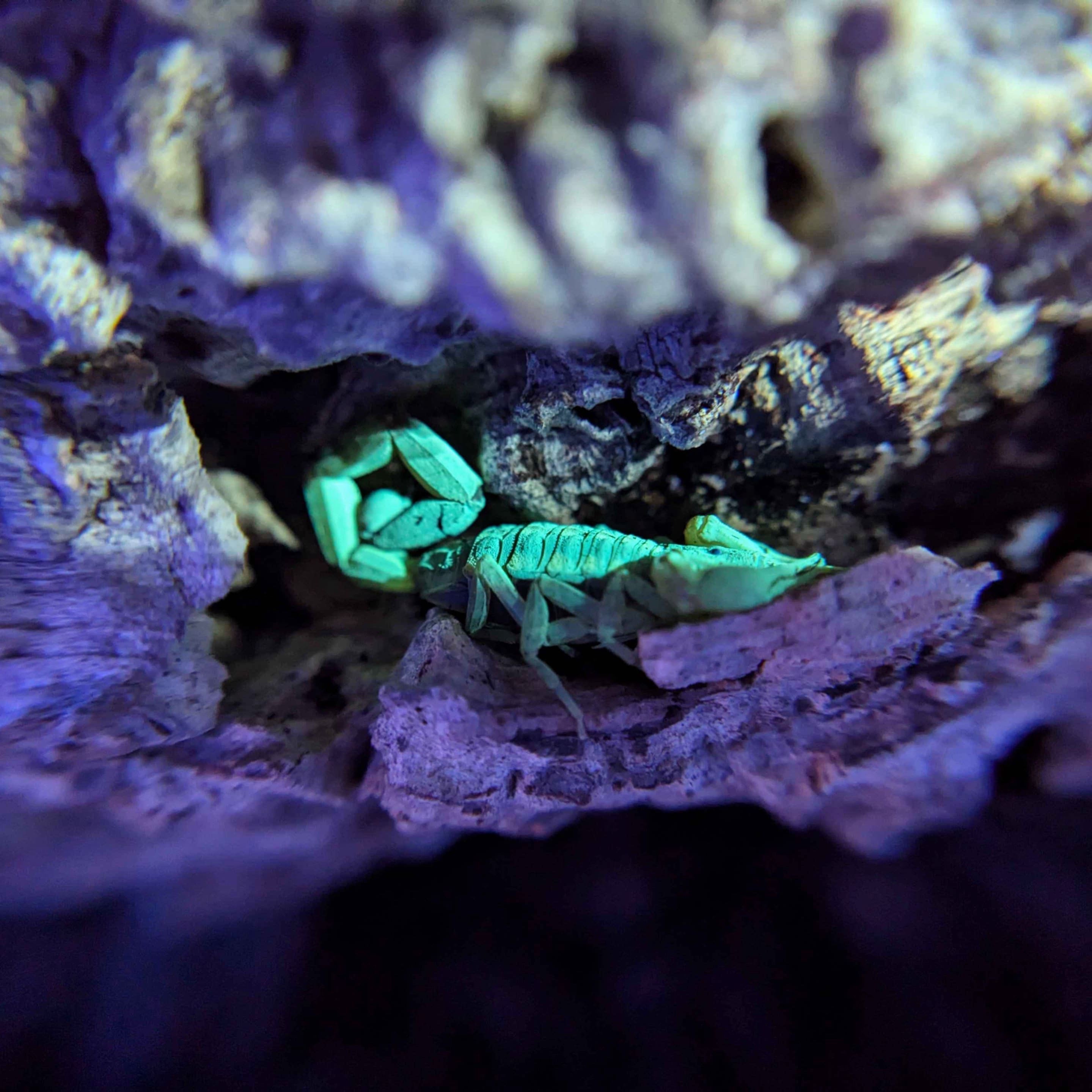Jumping spiders, part of the family Salticidae, are among the most interesting and charismatic arachnids. Known for their remarkable jumping abilities, sharp vision, and curious behaviors, these small creatures have become a subject of fascination for both scientists and nature enthusiasts alike. But what’s even more intriguing than their impressive acrobatics is the way these spiders communicate, a topic that reveals the complexity and sophistication of these tiny creatures.
The Anatomy of Communication in Jumping Spiders
Unlike many other spiders that rely primarily on web-building or subtle vibrations to communicate, jumping spiders are highly visual creatures. With their excellent eyesight—often better than many vertebrates—they rely on a mix of body movements, visual displays, and tactile signals to interact with one another.
Visual Signals: The Dance of the Jumping Spider
One of the most remarkable aspects of jumping spider communication is their ability to convey messages through intricate visual displays. These spiders use a combination of body postures and vibrant color patterns to communicate, especially during courtship or territorial disputes.
- Courtship Dance: The male jumping spider often performs an elaborate courtship dance to attract a mate. The male will raise his front legs, spread out his vibrant chelicerae (fangs), and wave his palps (appendages near his mouth). This display, often accompanied by rhythmic movements and vibratory signals, is aimed at impressing the female. Different species of jumping spiders have distinct dances, often with unique color patterns on their bodies that can catch the female's attention. For example, some males may display bright orange or blue markings, which serve as visual cues to signal their fitness as a mate.
- Warning Displays: In addition to courtship, jumping spiders also use visual signals for defense and territory protection. When threatened, a jumping spider might raise its body, extend its front legs, and display vibrant coloration or patterns as a warning. This can deter predators or rivals by making the spider appear larger or more formidable.
Vibrational Signals: The Silent Language
While jumping spiders are best known for their visual displays, they also communicate through vibrations, particularly when engaging with other spiders. These vibrations are often transmitted through the surface on which the spider is standing, such as the ground or a web, and can convey information about proximity, aggression, or mating readiness.
- Vibrational Courtship: Some species of jumping spiders use subtle vibratory signals to complement their visual courtship displays. These vibrations may travel through the ground or a substrate to reach a potential mate. For instance, a male might tap on the surface or shake the ground to signal his presence and attract the attention of a female.
- Vibrational Threats: Jumping spiders may also send vibrational signals to assert dominance or ward off other spiders. These vibrations are often more subtle than those used in courtship, conveying aggression without the need for direct confrontation.
Tactile Communication: Physical Touch
Tactile communication is another essential component of how jumping spiders interact. While not as well-documented as their visual and vibrational cues, physical contact plays a role in communication, particularly in interactions between males and females.
- Mate Recognition: When a male approaches a female, the first step in courtship often involves cautious touch. The male may use his palps or legs to gently tap or stroke the female to test her receptivity. This behavior helps the male avoid aggression from the female and confirms whether she is ready to mate.
- Rival Encounters: In territorial disputes or challenges from other males, jumping spiders may engage in brief physical contact, using their front legs to push or grapple with each other. These encounters usually involve a combination of visual displays and brief tactile signals to establish dominance.
The Role of Vision in Communication
Jumping spiders are renowned for their exceptional eyesight. They possess four pairs of eyes, with the central pair being particularly large and capable of high-resolution vision. This remarkable eyesight is a key factor in their ability to communicate visually. They use their keen vision to spot potential mates, rivals, and prey, and their ability to interpret subtle visual signals is vital for successful communication.
Interestingly, jumping spiders can also detect ultraviolet light, which plays a role in how they perceive color patterns, especially during mating rituals. This ability to perceive a wide spectrum of light allows them to fine-tune their visual displays and ensure they stand out in the spider world.
Why Communication Matters
For jumping spiders, communication is more than just a means of interacting with others—it's a critical survival tool. Effective communication allows males to attract mates, helps females assess potential partners, and helps spiders avoid dangerous encounters with predators or rivals. Whether it's through a dance, a subtle vibration, or a warning display, each communication method serves a distinct purpose that can impact the spider’s chances of survival and reproduction.
Conclusion: A Complex Social World
Jumping spiders may be small, but their communication strategies are far from simplistic. By combining visual displays, vibrational signals, and tactile interactions, they have developed a sophisticated system of communication that allows them to navigate the challenges of their environment. Their ability to communicate effectively highlights just how much we have yet to learn about the complexities of animal behavior, even in creatures that seem, at first glance, so simple and solitary.
So, the next time you see a jumping spider, take a moment to appreciate the intricate dance of communication unfolding before your eyes. From courtship to territorial defense, these tiny arachnids have an entire repertoire of signals that make them one of the most fascinating creatures in the natural world.




Leave a comment
This site is protected by hCaptcha and the hCaptcha Privacy Policy and Terms of Service apply.